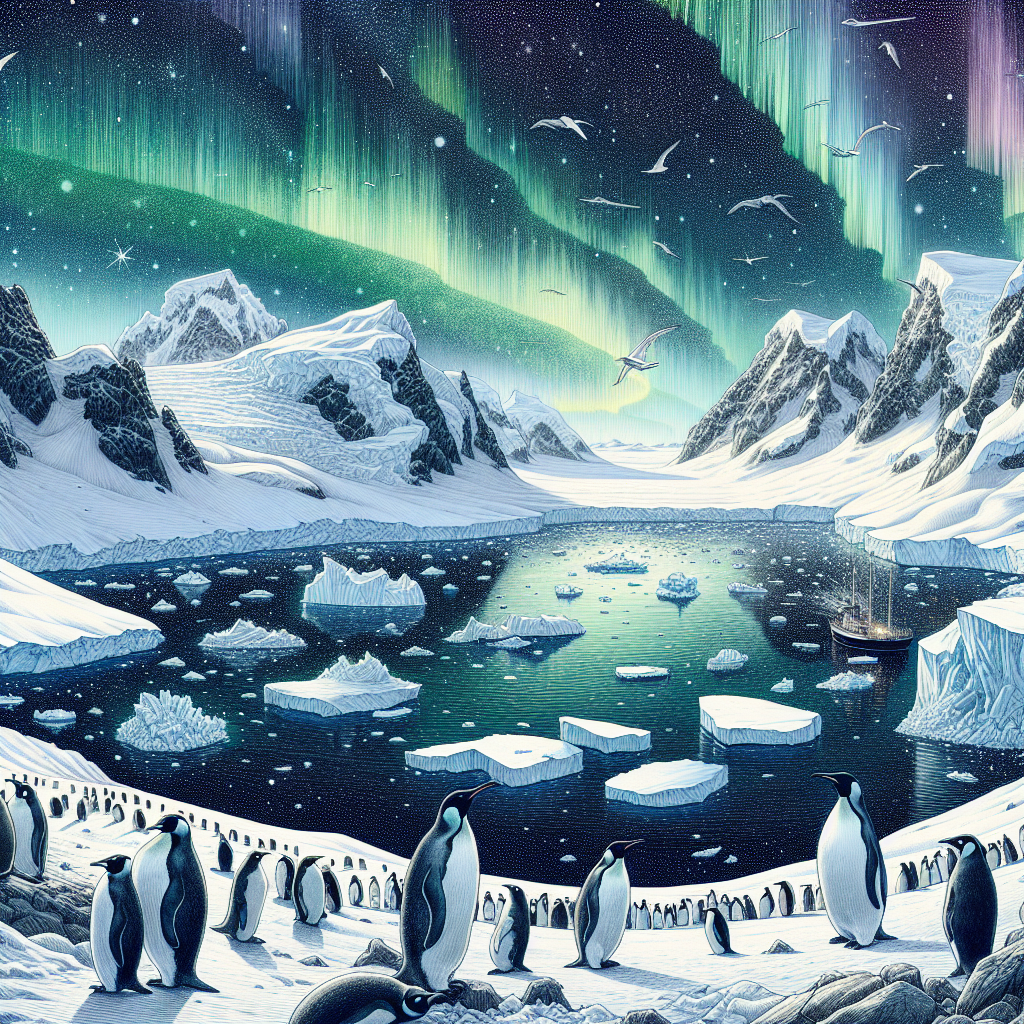Exploring the Last Ice Area: A Crucial Arctic Refuge
An international team of scientists embarked on a 56-day Arctic expedition to study the 'last ice area,' exploring its critical ecosystems, sea ice properties, and climate change impacts. The region is under threat from climate change, pollutants, and increased shipping, necessitating urgent conservation efforts.

An international team of scientists set sail on a 56-day expedition from Iqaluit to study the 'last ice area' in the Arctic. Traveling aboard the icebreaker CCGS Amundsen, the researchers sought to examine the many facets of this critical and largely unexplored area.
The mission's main focus was on the properties of the Arctic sea ice, its ecosystems, and the effects of climate change and pollutants. The 'last ice area,' predicted to sustain permanent sea ice year-round, faces significant threats from climate warming, long-range pollutants, and increased maritime activity.
Conservation is crucial as the Arctic experiences increased ice loss. Initiatives like the national marine conservation area, Tallurutiup Imanga, and the proposed Tuvaijuittuq marine protected area are steps toward protecting this vital global heritage, aiming to safeguard its unique biodiversity and ecosystem structures.
(With inputs from agencies.)
ALSO READ
Will safeguard biodiversity, traditional knowledge, while respecting cultural heritage: WHO DG at WHO Global Summit on Traditional Medicine.
NBA Releases ₹14.88 Cr for Red Sanders Conservation, ABS Payouts Cross ₹143 Cr
Assam Cabinet Paves Way for Progress: Sports Empowerment, Environmental Conservation, and Infrastructure Development
GEF Approves US$67M for Global Action on Biodiversity, Climate and Pollution
Tamil Nadu Strengthens Marine Conservation with Elite Force










